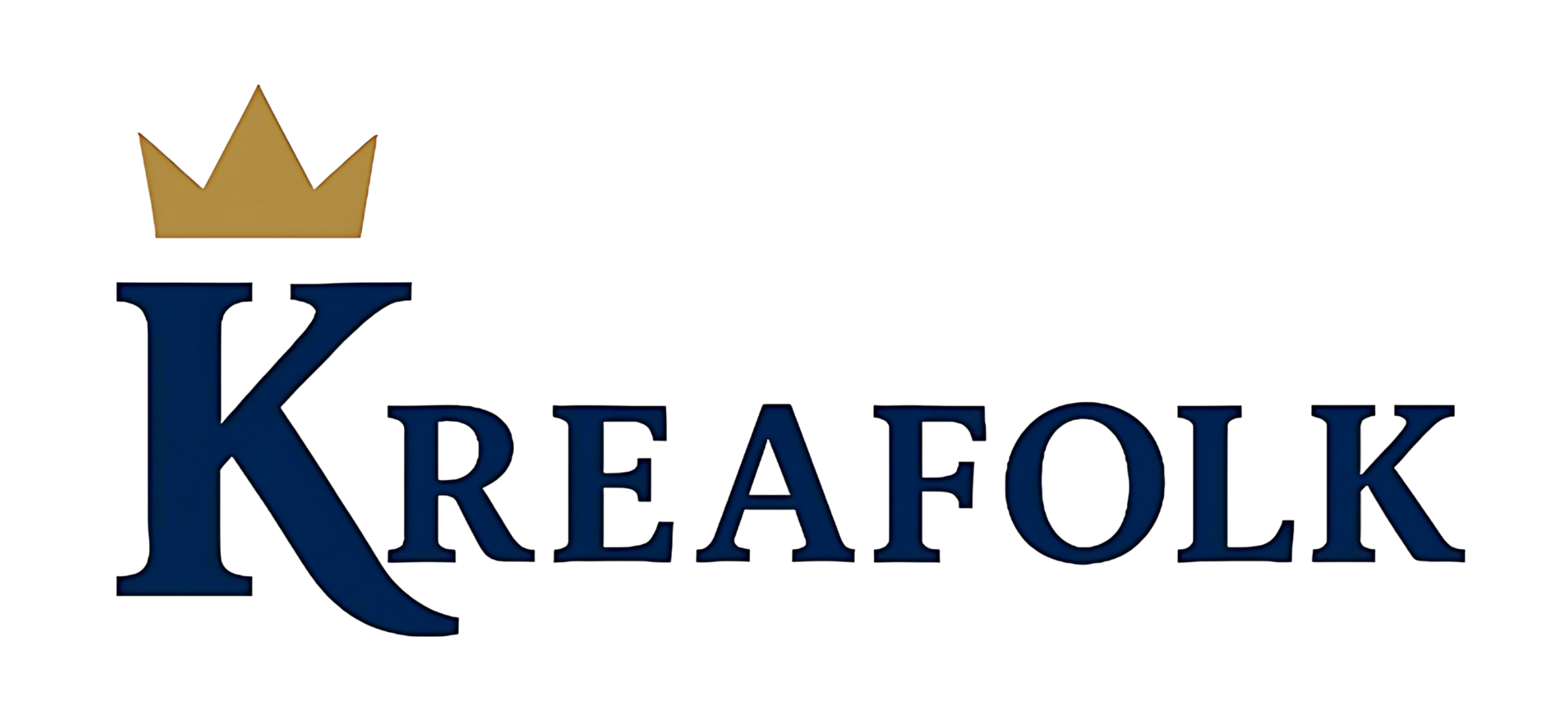In 2025, one name is echoing across tech conferences, newsrooms, and social media feeds—TEK-102. This breakthrough has evolved into more than just a buzzword; it’s a cornerstone of cutting-edge innovation. But why is everyone suddenly obsessed with TEK-102?
The truth is, TEK-102 didn’t just arrive—it roared in. From its origin in advanced AI integration to its real-world impact on industries like healthcare, education, and automation, TEK-102 is being hailed as the “game-changer of the decade.” And for good reason.
Let’s peel back the layers of this phenomenon and uncover what’s really driving its global momentum.
What Exactly Is TEK-102 and Why Does It Matter?
TEK-102 isn’t just another acronym in a sea of tech jargon. It represents a new frontier in smart systems that merge machine learning, contextual processing, and adaptive interfaces.
TEK-102 Is Redefining Human-Tech Interaction
For years, the idea of machines “understanding” humans felt like science fiction. But TEK-102 changes that narrative. By integrating deep-learning models with responsive UI frameworks, TEK-102 can interpret emotional cues, speech patterns, and even decision-making habits.
Tech researcher Dr. Laila Montgomery, from Stanford’s AI Research Lab, said:
“TEK-102 isn’t merely about smarter systems. It’s about systems that evolve with you. That’s a monumental leap.”
Think smart homes that actually learn your routines and businesses that automate without error—all thanks to TEK-102.
Why TEK-102 Became a 2025 Industry Staple
In the past, technologies often solved isolated problems. But TEK-102 is built to adapt. Whether it’s integrating with hospital diagnostics or powering real-time language translations in remote education platforms, TEK-102 brings scalable, real-time intelligence across multiple verticals.
Startups and Fortune 500 companies alike are racing to integrate TEK-102 into their ecosystems. And that urgency is more than hype—it’s a necessity.
Real-World Examples Proving TEK-102’s Dominance
Every revolutionary tech needs proof of concept—and TEK-102 has plenty.
TEK-102 in Healthcare: The Story of Medisync
In early 2025, Medisync, a digital diagnostics platform, integrated TEK-102 into their patient tracking system. Before implementation, error rates in diagnosis hovered at 13%. Within three months of onboarding TEK-102, that rate dropped to just under 2%.
What changed? TEK-102’s ability to read historical patient data, predict outcomes, and recommend optimal treatment plans in real-time. That’s not just innovation—that’s lives saved.
From Classrooms to Smart Learning with TEK-102
One of the most touching transformations came from a rural school district in Montenegro, where teachers struggled with student engagement. Enter TEK-102, deployed via an educational app called BrightLearn.
Through smart analytics and adaptive content delivery, student participation rose by 57%, and test scores soared. My parents cried. Teachers celebrated. The children smiled. And all because TEK-102 made learning feel human again.
The Benefits Everyone’s Talking About in TEK-102
TEK-102 is not just futuristic; it’s functional. From startups to scientists, the benefits are being felt far and wide.
TEK-102 Enables Scalable Efficiency
Where traditional automation hit limits, TEK-102 thrives. Companies using TEK-102 have reported up to 40% increased productivity, all while cutting operational costs.
TEK-102 Improves User Trust & Experience
Because it adapts to user preferences, TEK-102-powered interfaces feel intuitive. Users no longer wrestle with machines; they engage naturally with them. That shift is why user satisfaction in TEK-102-based applications is reportedly 78% higher than legacy systems.
Also read: SOA OS23 Features, Benefits & What’s New in 2025
Why Experts Call TEK-102 the “AI That Listens”
There’s a striking difference between a tool and a companion. TEK-102 is slowly crossing into the latter category.
The Human Element of TEK-102
Software engineer Malik Singh, CTO of Orion Edge, puts it plainly:
“For years we asked AI to perform. Now, with TEK-102, we’re asking it to collaborate.”
That’s the beauty of TEK-102—it doesn’t replace human roles, it enhances them. Workers using TEK-102 report feeling more in control, more empowered, and less overwhelmed. Emotional burnout has seen a measurable decline in several industries post-implementation.
TEK-102’s Social Impact
In a refugee camp in Jordan, TEK-102 was piloted to provide multilingual assistance via mobile kiosks. It translated languages, assisted in documentation, and offered medical advice—all within seconds.
The program director emotionally shared, “We didn’t just introduce technology. We introduced dignity.” That’s the level of social impact TEK-102 is making possible.
TEK-102: What the Critics Are Saying
Naturally, every major innovation has its skeptics.
Some experts argue that TEK-102’s data dependency could raise concerns around privacy. Others believe too much reliance on automation might make human judgment secondary.
Nevertheless, firms that produce TEK-102 have not shied away from regulation, disclosure and ethical codes. Indeed, more than 67 percent of TEK-102 framework is open-source, an effort meant to promote collaboration and responsible innovation.
So while valid questions remain, most agree: TEK-102 is built with intention, accountability, and sustainability in mind.
The Pros and Cons of TEK-102 in 2025
While TEK-102 is shaking up industries, it’s also vital to weigh its positives and challenges:
- Pros:
- Real-time adaptive learning
- Improved human-tech interaction
- Seamless scalability
- Wide industry integration
- Higher productivity and satisfaction
- Real-time adaptive learning
- Cons:
- Requires massive data for optimal performance
- Privacy concerns if not regulated properly
- High upfront integration costs
- Learning curve for traditional teams
- Requires massive data for optimal performance
Conclusion
TEK-102 isn’t just a passing wave, it’s the rising tide. From revolutionizing patient care to transforming learning environments and elevating daily workflows, its fingerprints are everywhere in 2025.


